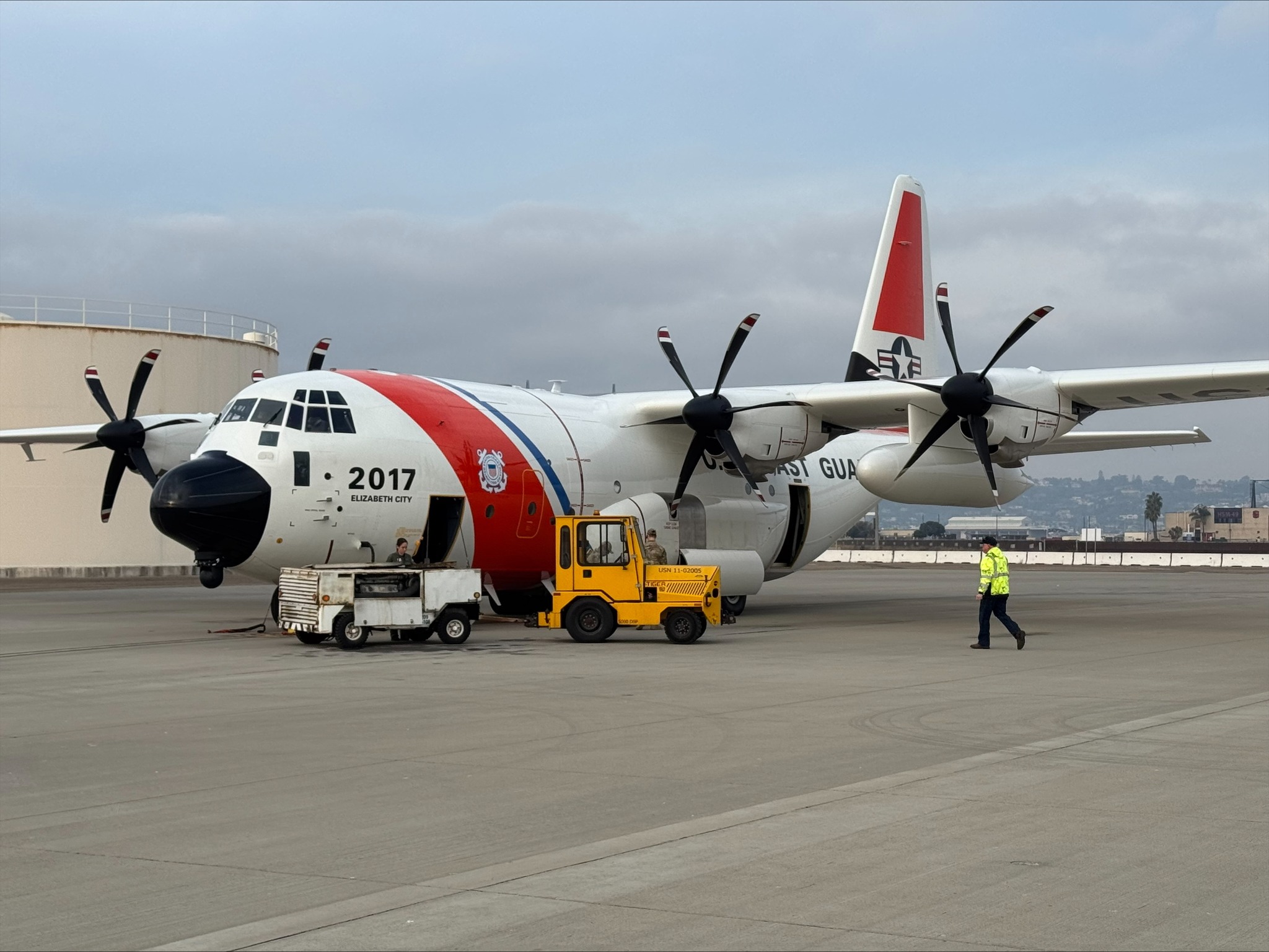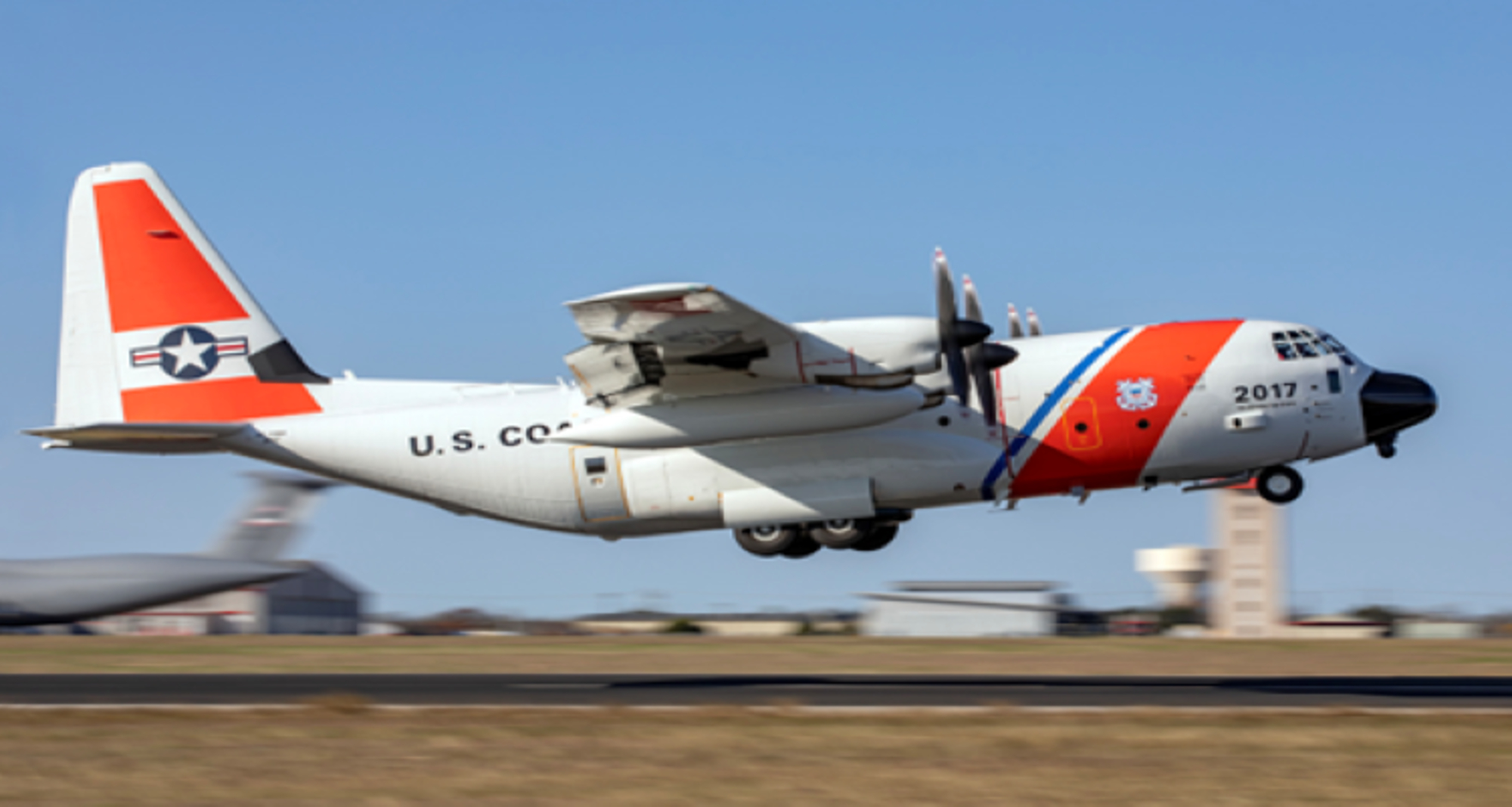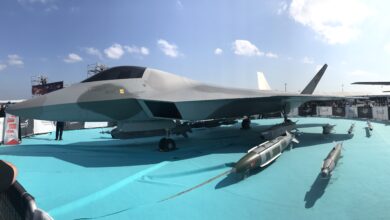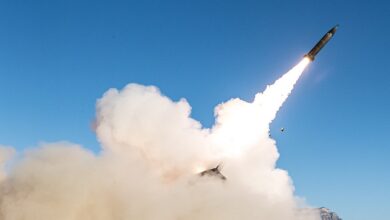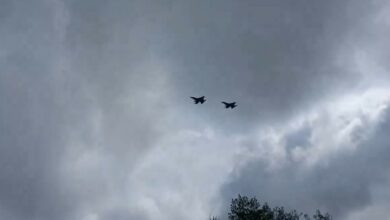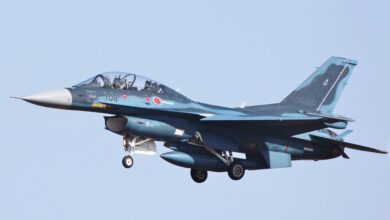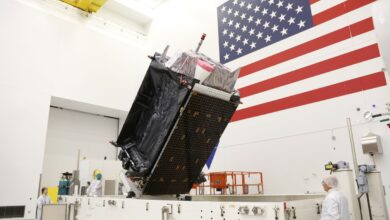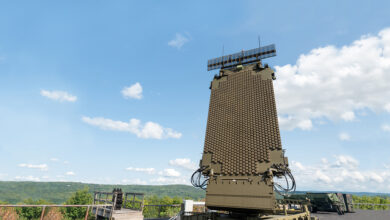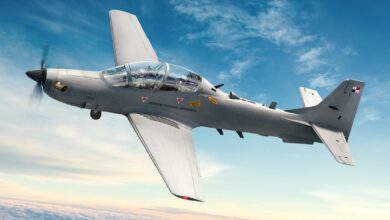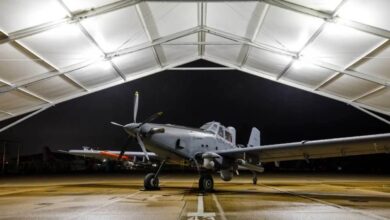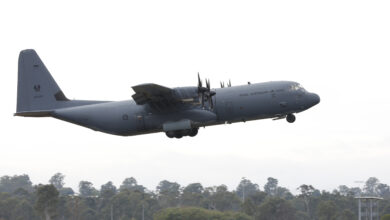The US Coast Guard has taken delivery of its latest HC-130J Combat King II long-range surveillance aircraft as part of the force’s aerial mission system modernization program.
The plane, to fly as the 17th HC-130J, was originally adopted in 2023 in its C-130J Super Hercules baseline configuration. It was later upgraded with new capabilities selected to address modern requirements and support commonality across the service’s airborne fleet.
Among the initiative’s primary integrations is the Minotaur mission system, which combines intelligence, surveillance, reconnaissance, sensor, radar, communications, cyber, and command and control processing solutions for improved data gathering, transmission, and operability.
Additional outfitting focused on approach and landing systems, GPS and diagnostics, and technologies to comply with US Federal Aviation Administration standards.
The 17th HC-130J will be stationed at Air Station Elizabeth in North Carolina, from which it will deploy for search and rescue, cargo and personnel transport, maritime security, and drug and migrant interdiction missions.
It will also undertake command and control as well as surveillance roles to identify, classify, and relay information about unknown objects across the broader joint force.
Moreover, it will provide critical support flights for the Department of Homeland Security as needed.
After the latest aircraft’s arrival, program partner and Super Hercules developer Lockheed Martin is scheduled to deliver two more HC-130Js to the coast guard, both under production in Marietta, Georgia.
The HC-130J Combat King II System
The Combat King II airframe measures 98 feet (30 meters) long and has a wingspan of 133 feet (41 meters).
It has a fuel capacity of 9,000 gallons (34,069 liters) and can carry payloads up to 35,000 pounds (15,876 kilograms).
The plane is powered by four Rolls-Royce turboprop engines with about 4,500 horsepower each for speeds up to 320 knots (368 miles/593 kilometers per hour), a service ceiling of 33,000 feet (10,058 meters), and a range of 4,000 miles (6,437 kilometers).
